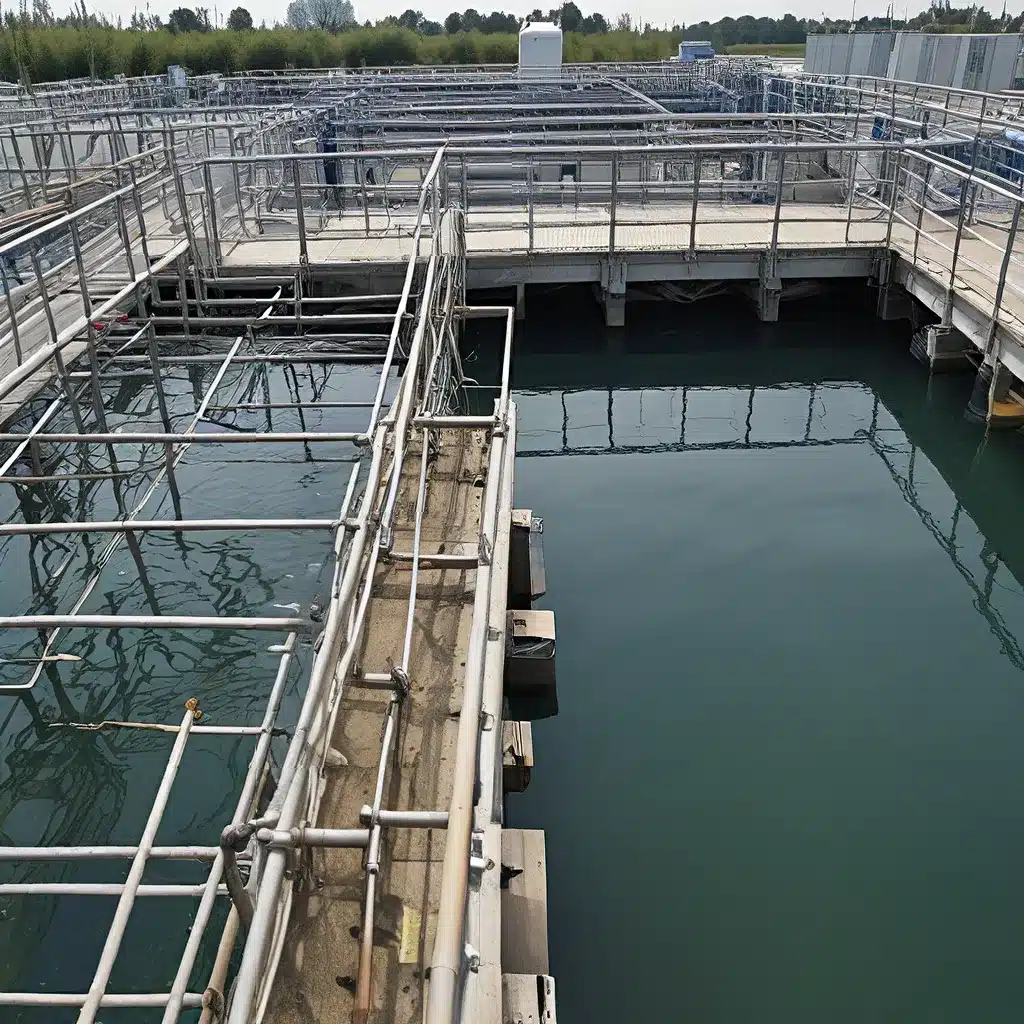
The Tides of Change: Navigating the Regulatory Landscape
As I immerse myself in the world of water treatment, I can’t help but feel a deep sense of fascination with the intricate web of environmental regulations that govern this industry. It’s like navigating a complex maze, where every turn presents a new challenge, a new opportunity to ensure that the water we rely on remains pristine and untainted.
Let’s dive right in, shall we? The central figure in this regulatory dance is the Environmental Protection Agency (EPA), the federal watchdog that sets the tone for water treatment compliance across the nation. But here’s the twist – the EPA largely defers to individual states when it comes to the nitty-gritty details of water treatment regulations. So, what you might find in California may differ from the rules and guidelines in, say, Minnesota or Wisconsin.
Take, for example, the Minnesota Pollution Control Agency (MPCA). This state-level entity has crafted its own set of regulations, building upon the EPA’s standards to address the unique environmental concerns of the Land of 10,000 Lakes. Meanwhile, in the Badger State, the Wisconsin Department of Natural Resources (DNR) takes the reins, ensuring that water treatment facilities operate within the state’s specific guidelines.
Navigating the Compliance Maze: Certifications and Quality Assurance
But the story doesn’t end there, my friends. As if the web of state and federal regulations wasn’t complex enough, the water treatment industry has also given rise to a diverse array of certifications – markers of quality, environmental responsibility, and adherence to best management practices.
One such certification that’s making waves is the Seal of Testing Assurance (STA) Program, offered by the prestigious United States Composting Council (USCC). This program sets the bar high, requiring frequent testing of compost to ensure it meets stringent criteria for contaminants, maturity, and stability. Facilities that earn the STA certification essentially become the gold standard, demonstrating their commitment to producing high-quality, safe, and beneficial compost.
Ah, but the compliance game doesn’t stop there. Remember those state-level regulations I mentioned earlier? Well, water treatment facilities must also navigate a maze of permits and approvals, addressing everything from site location and design to operational practices and environmental monitoring. It’s a delicate dance, where one misstep could send the whole operation tumbling.
Embracing Innovation: Technology’s Role in Regulatory Compliance
Just when you thought the compliance challenge couldn’t get any more intricate, enter the world of technology. Believe it or not, the water treatment industry has been hard at work, harnessing the power of innovation to not only enhance efficiency but also to stay one step ahead of the regulatory curve.
Take, for example, the rise of aerated static pile (ASP) composting. This advanced technique minimizes the release of volatile organic compounds (VOCs) and odors – a concern that keeps both environmental regulators and nearby communities on high alert. And the integration of composting software for data management and regulatory reporting? It’s becoming increasingly commonplace, enabling water treatment facilities to maintain transparent and compliant operations with the click of a button.
The Ripple Effect: How Compliance Shapes the Industry’s Future
As I reflect on the ever-evolving landscape of water treatment compliance, I can’t help but wonder about the industry’s future. It’s clear that navigating the intricate web of regulations and certifications is not just about checking boxes – it’s about embodying the ethos of sustainability that drives this field forward.
By embracing these requirements, water treatment facilities are paving the way for a future where environmental stewardship and operational excellence go hand in hand. It’s about contributing to a cycle that benefits the earth, the communities we serve, and the generations yet to come.
And let’s not forget the ripple effect. As facilities like Inland Waters Inc. rise to meet these stringent standards, they become shining beacons of progress, inspiring others to follow suit. After all, the critical role of regulations and certifications ensures that the water treatment industry operates within a framework that prioritizes environmental protection, public health, and viable practices.
So, as I dive deeper into the intricacies of environmental compliance in water treatment, I can’t help but feel a sense of optimism. This is not just about compliance – it’s about shaping a future where the water we cherish remains pure, where the earth we call home is nurtured, and where the cycle of sustainability continues to flow, like the very lifeblood of our planet.
Embracing the Challenge: A Call to Action
My friends, the path ahead may be winding and complex, but it is also filled with opportunity. As we navigate the ever-evolving regulatory landscape, let us embrace the challenge with open arms. Let us be the catalysts for change, the trailblazers who demonstrate that environmental compliance and operational excellence can coexist in perfect harmony.
After all, the future of water treatment is not just about meeting the bare minimum – it’s about setting the bar higher, about pushing the boundaries of what’s possible. And with the right mindset, the right tools, and the right commitment to sustainability, I believe we can rise to the occasion, one regulation and one certification at a time.
So, let’s dive deeper, my friends. Let’s explore the intricacies of environmental compliance in water treatment, and in doing so, let us pave the way for a brighter, more sustainable future. The tides of change are upon us, and it’s time to ride the wave.


